Naples is definitely an amazing city with over 2000 years of history and endless things to do and to visit. It is often gritty and chaotic, with its bustling streets and open air markets but beautiful and authentic at the same time. A place of soul-stirring art-works and landscapes, fascinating buildings and unexpected, inimitable treasures.
Everybody knows about the city aboveground with its castles, the museums and the sun-drenched streets, but the real essence of Naples, its heart, lies in the shadow. Naples underground is full of mysterious and gloomy labyrinths where history meets with legend, magic and spirituality. There are several places like these you should really visit, or better experience, if you are planning to come to Naples: Napoli Sotterranea, the Bourbon Tunnel, the Neapolis Sotterrata, the Fontanelle Cemetery, the Catacombs of San Gennaro and San Gaudioso and Purgatorio ad Arco Church, also known as “Pezzentelle” Souls Church, are just few stunning examples and expression the fascinating and marvellous Naples underground.
Table of Contents
Naples Underground – Napoli Sotterranea
Forty meters below the historical beating heart of the city, there is an unexplored world, the very bowels of Naples, the place where the city was born. By entering this dark maze you will be travelling through time back to the origins of the city itself: from the Greek-Roman Aqueduct and the ruins of the Roman Theatre to the bomb shelters of World War II, you will discover the indelible marks left by the passing of time on these ancients walls made of tuff stone, the yellow volcanic rock that is the soul of Naples, its spiritual womb. An exceptional journey for the whole family to truly understand the city of Naples and its contradictions.
For further information, tickets and opening hours please visit the official website.
The Bourbon Tunnel – La Galleria Borbonica
The Bourbon Tunnel is a majestic underground civil engineering masterpiece dating back the XIX century. Designed by the great architect Enrico Alvino, this secret royal passage for the king Ferdinand II of Bourbon, lies idle and silent in the depths of the Earth underneath Monte Echia. Together with this hidden military passage you can also visit part of the Renaissance aqueduct system, World War II air bomb shelters built in these underground spaces to protect the city inhabitants, vintage cars and motorbikes dating back the 50s and the 70s, when the Bourbon Tunnel was used as a police car pound.
For further information, tickets and opening hours please visit the official website.
Neapolis Sotterrata – Scavi archeologici di san Lorenzo Maggiore
The monumental complex of San Lorenzo Maggiore with its archaeological excavations is located in a very special position, where once was the agora, the vital space of the Greek city, which has later become the Roman Forum, the centre of the political and religious life of the ancient city of Neapolis. Here you can explore the underground ruins of the commercial area of the city where the macellum, the ancient market was located together with the Dioscuri temple, the great open-air theatre and the odeon, the indoor theatre. Excavations have allowed to identify the superimposed layers upon which the entire contemporary area was later built, thus enabling visitors to experience the historical and urban evolution of the city of Naples, from the Greek Era to the Modern age.
For further information, tickets and opening hours please visit the official website.
Fontanelle Cemetery – Il Cimitero delle Fontanelle
The Fontanelle cemetery in Naples is a charnel house, an ossuary, located within a cave in the tuff hillside of Materdei district and part of the Neapolitan traditions of religion, folklore and pagan rituals. It dates back to the Spanish domination of the XVI century when graves started to be located outside the city walls. To make space in the churches for the newly buried, undertakers started removing previous remains to move them to the cave, the future “Fontanelle” cemetery. In 1656 thousands of anonymous corpses, victims of the great plague of that year where brought to the ossuary and buried shallowly. The cave became the unofficial final resting place for the poor, who could not afford to be buried in a regular cemetery until it was officially recognised as such in the early 19th century under the French rule of Naples. The last great amount of anonymous bones arrived in the wake of the cholera epidemic of 1837.
A spontaneous cult of devotion to these unnamed remains developed indeed in Naples during the XIX century when women started to pay visits to the skulls, clean them, “adopt” them and finally give them back their names (apparently revealed in dreams). Wishes, protection, miracles were requested to the skulls in exchange for their care. A visit to the Fontanelle cemetery can provide an unlikely reflective unique experience.
For further information and opening hours please visit the official website.
Catacombs Of San Gennaro & San Gaudioso – Le catacombe di San Gennaro e San Gaudioso
The Catacombs of Naples are the living proof of the first Christian communities in the city and an incredible journey to discover the close bond of faith between the city, the deaths and its saints. The most ancient part of the Catacombs of San Gennaro, that is a tomb of a noble family, dates back to the II century AD. Its expansion began in the IV century AD following the deposition of the remains of St. Agrippinus, the first patron of Naples and continued along the V century with the moving of the mortal remains of the city’s most loved and popularly acclaimed patron, San Gennaro. Thus Naples’ oldest and most sacred catacombs became a Christian pilgrimage and coveted place for burial. These Catacombs are arranged on two levels that offer much larger spaces than the more famous Roman catacombs.
Under the Basilica of Santa Maria della Sanità, you can explore the second most important early Christian cemetery of the city, the Catacombs of San Gaudioso. This area was once a necropolis and a burial ground with Hellenistic hypogeum. In the V century, San Gaudioso, martyr and bishop of Abitina who refused to convert to Arianism after the invasion of the Vandals was buried here, initiating the transformation and expansion of these catacombs. They includes both early Christian and 17th century elements and can be entered from the Basilica Santa Maria della Sanità, beneath the main altar.
For further information, tickets and opening hours please visit the official website.
Purgatorio Ad Arco, “Pezzentelle” Souls Church – La Chiesa di Purgatorio ad Arco
In the heart of the historic centre of Naples, along via dei Tribunali, there is the Church of Santa Maria delle Anime in Purgatorio ad Arco, also known as the “Pezzentelle” Souls Church. Crossing its threshold, it really begins a spiritual journey into the Neapolitan culture between art, faith, life and death. From the small and beautiful church of the XV century you will then descend, through a narrow staircase, into the ancient crypt that still hosts the fascinating worshipped and anonymous human bones, considered by Neapolitans a liturgical link between the living and the dead. The pezzentella souls or rather abandoned souls were identified indeed with the souls of Purgatory, souls whose abandon would continue in the after life if not for the compassionate care and devotion of the devotees.
For further information, tickets and opening hours please visit the official website.
The visit to these places of Naples underground can be combined with our Discover Naples on foot private tour or with a nice Pizza Lunch. Write us at info@leisure-italy.com for further information.
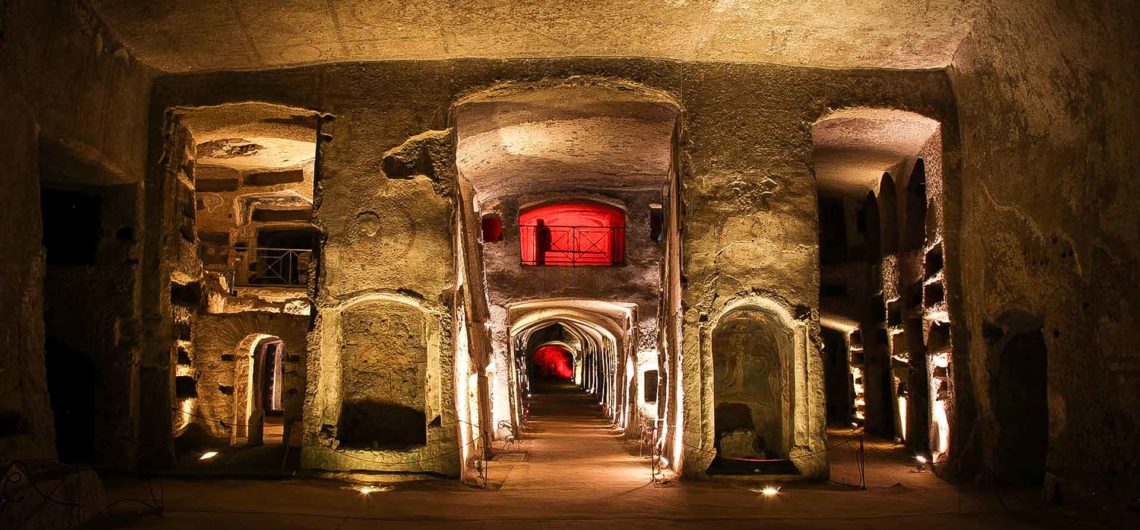
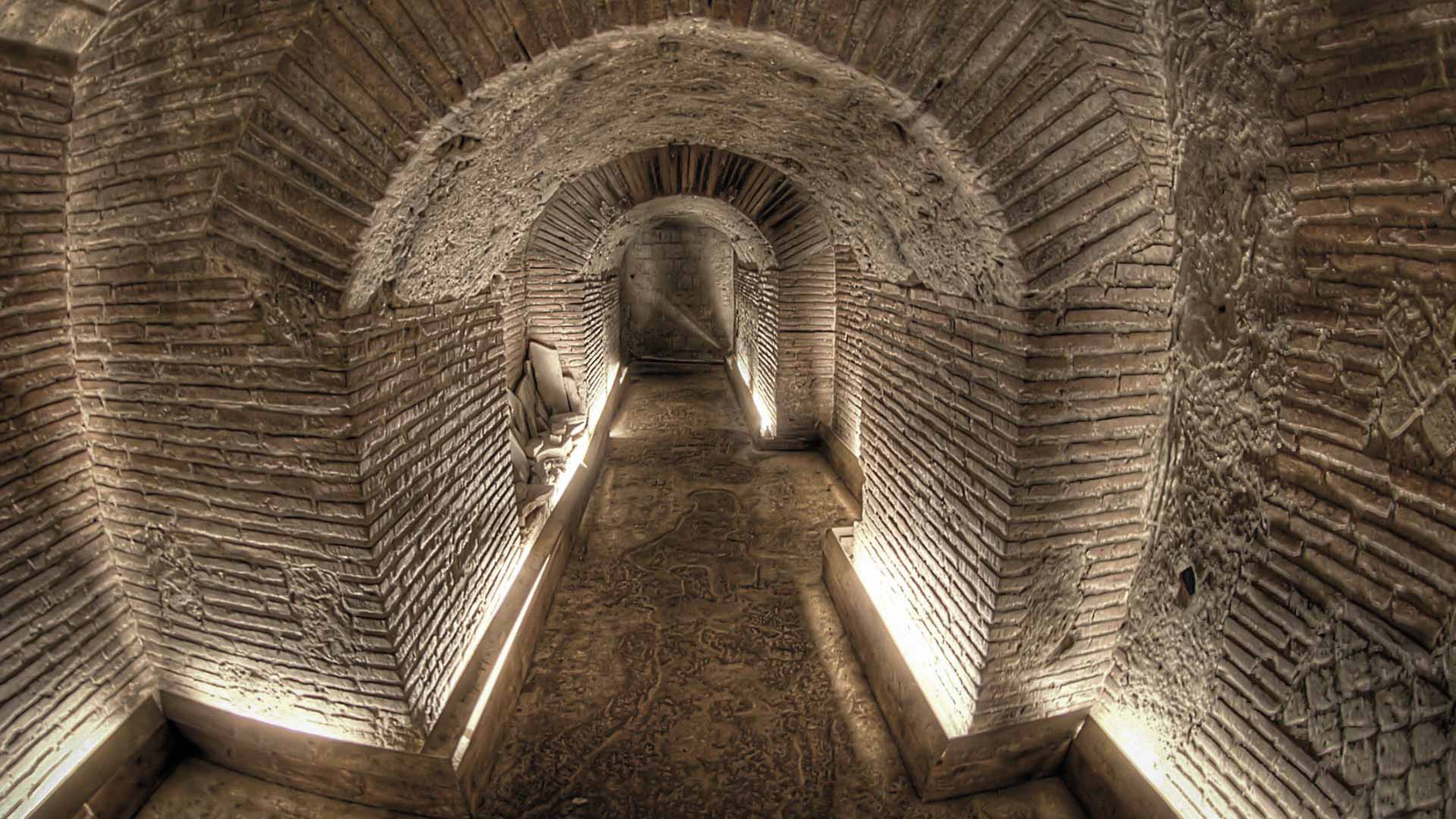
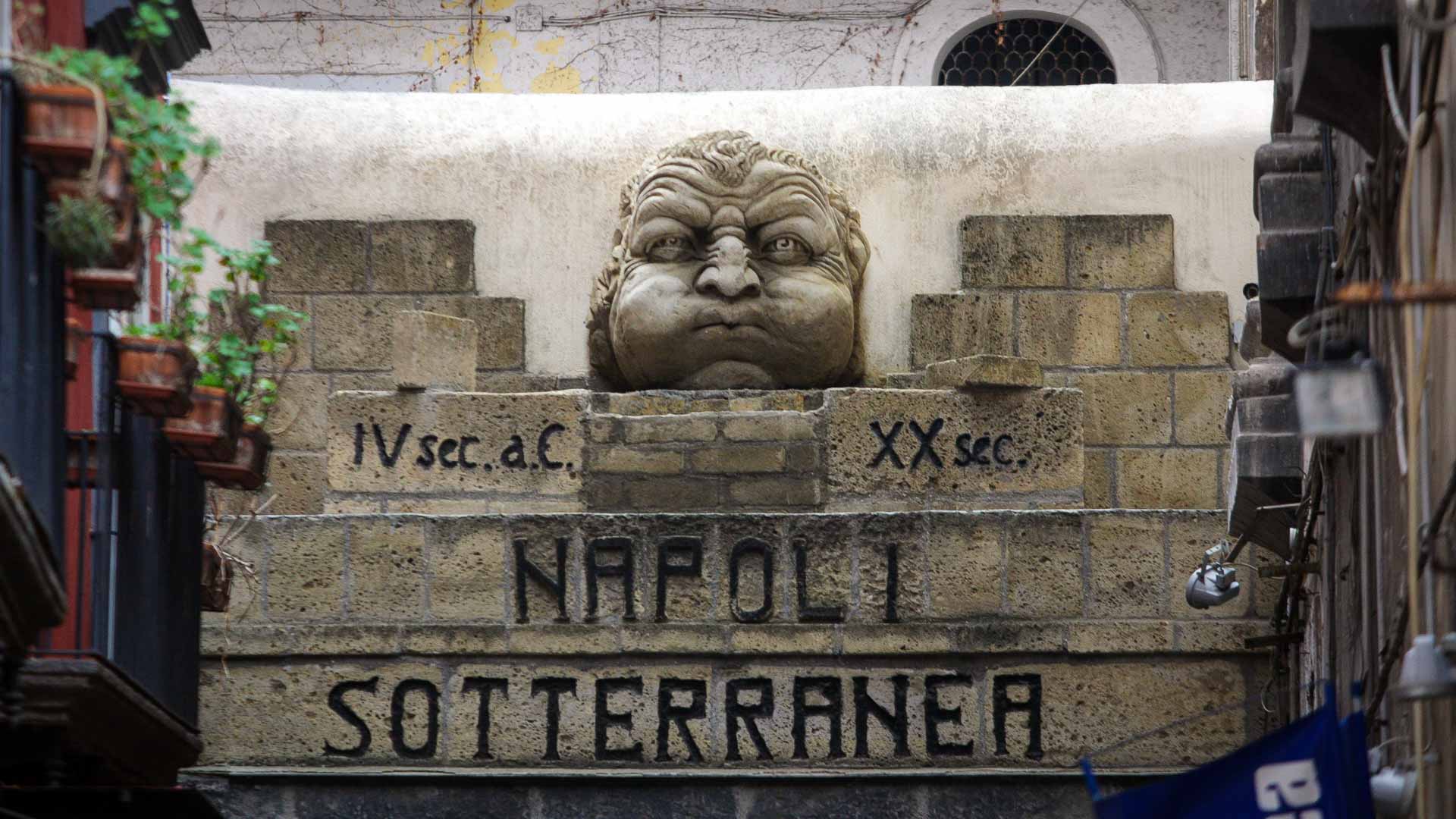
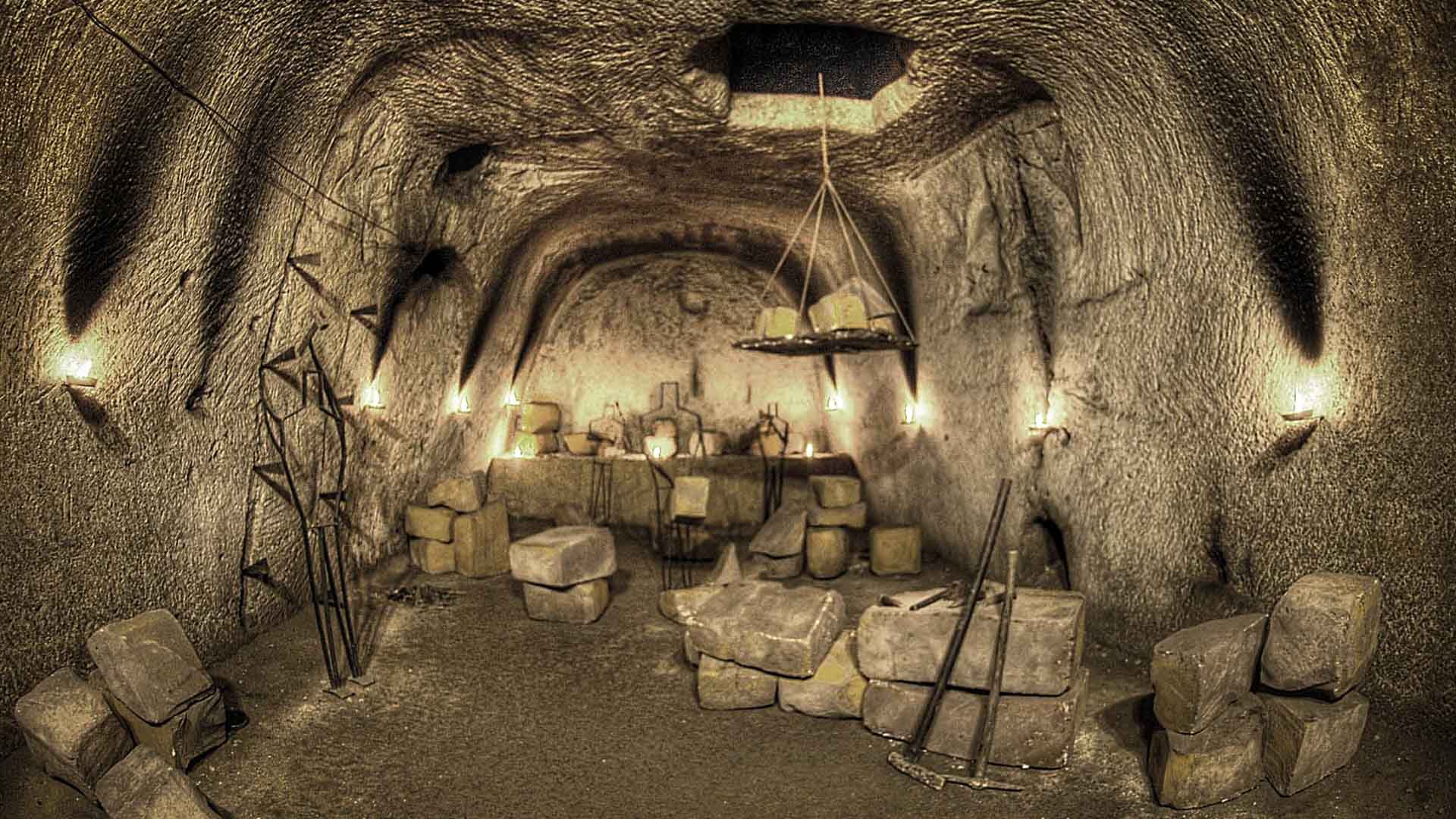
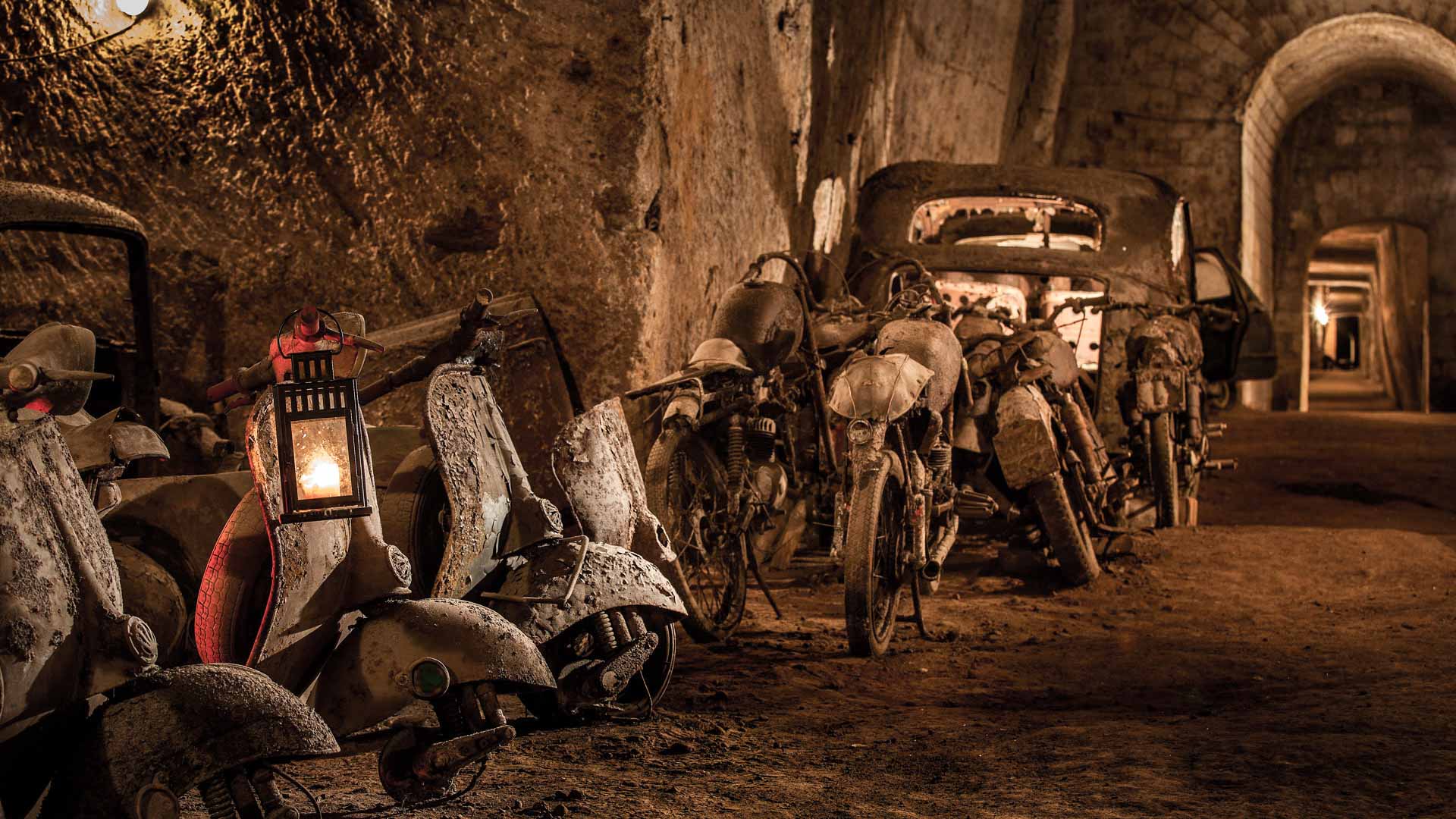
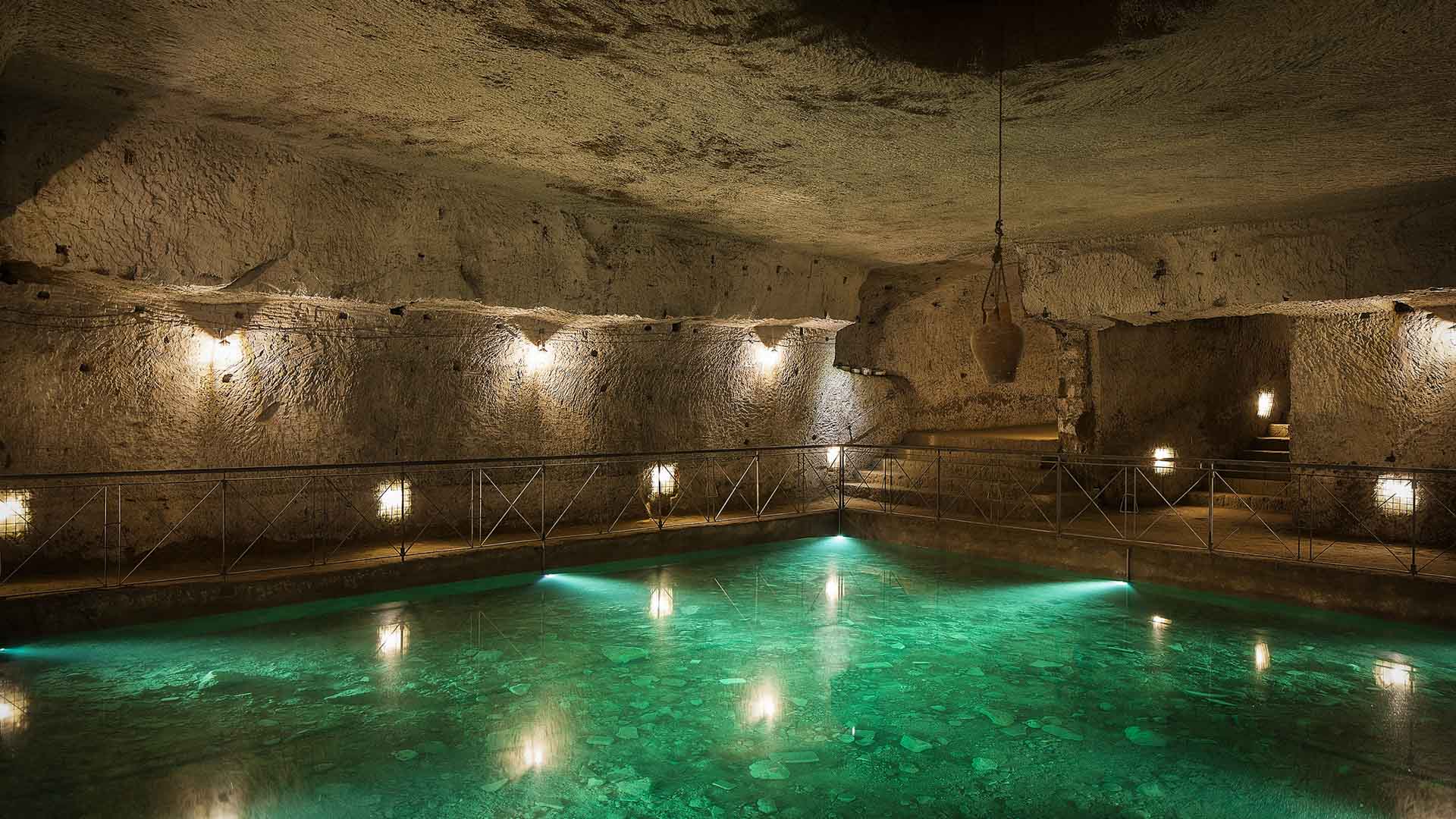
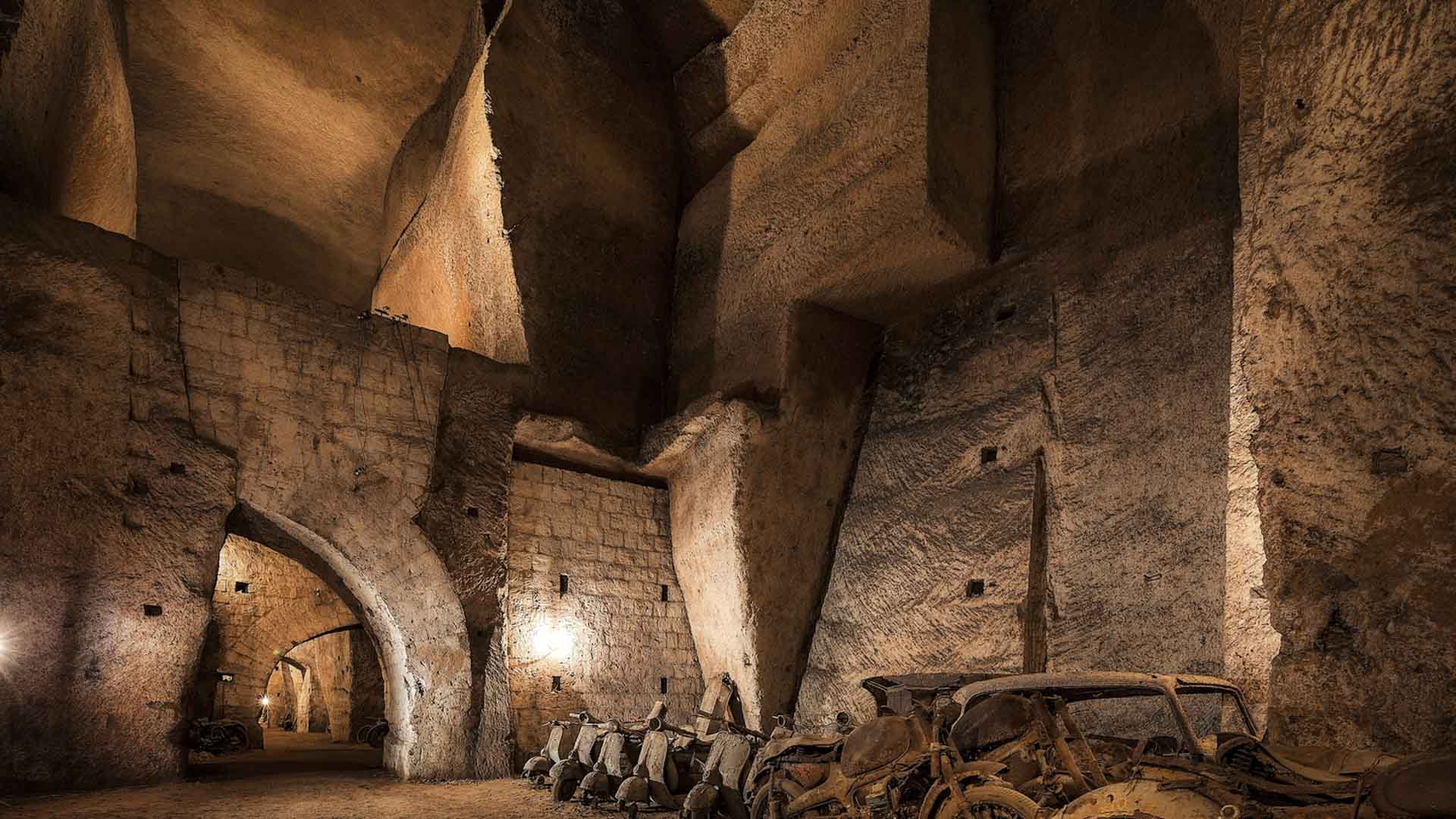
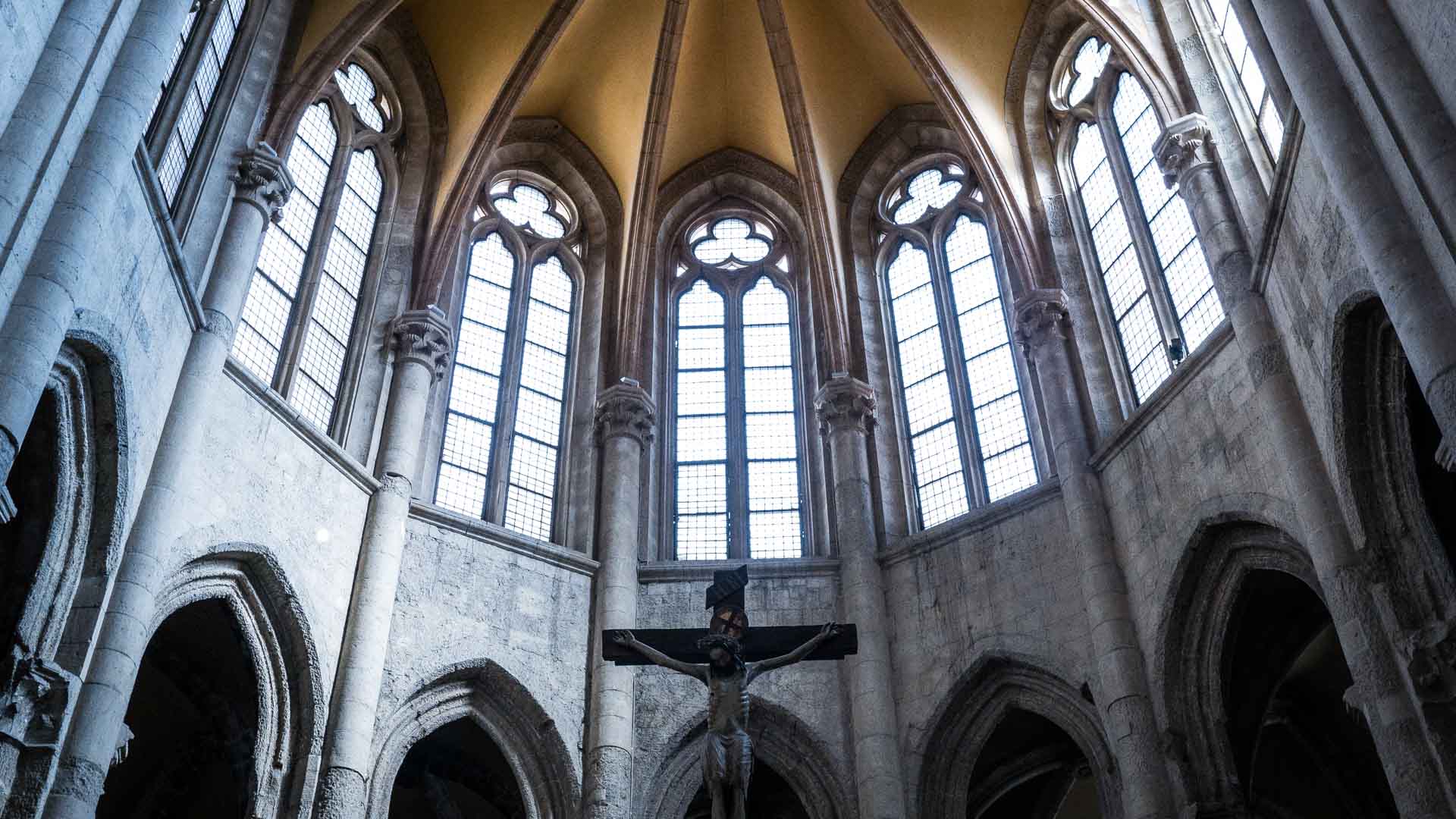
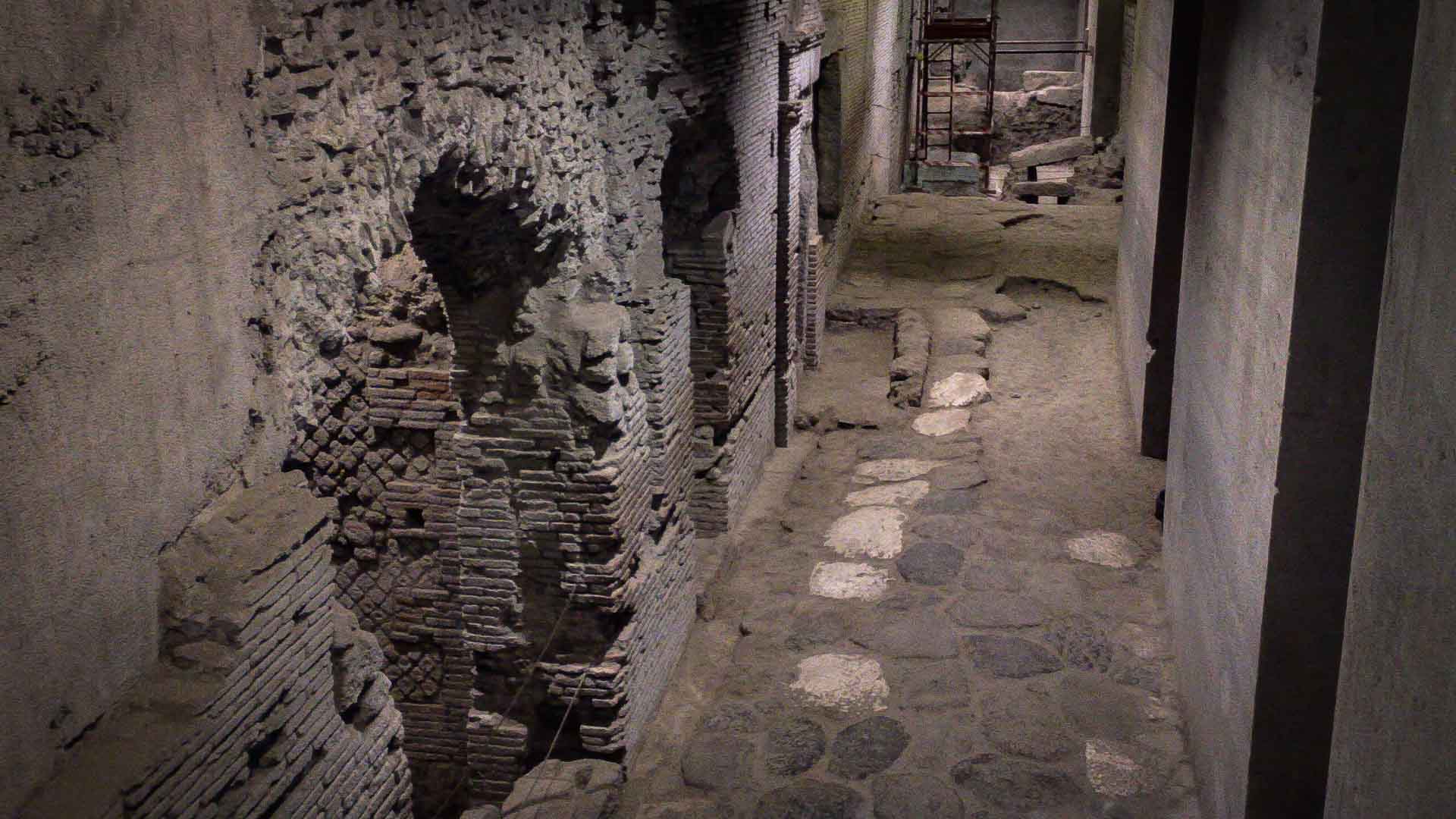
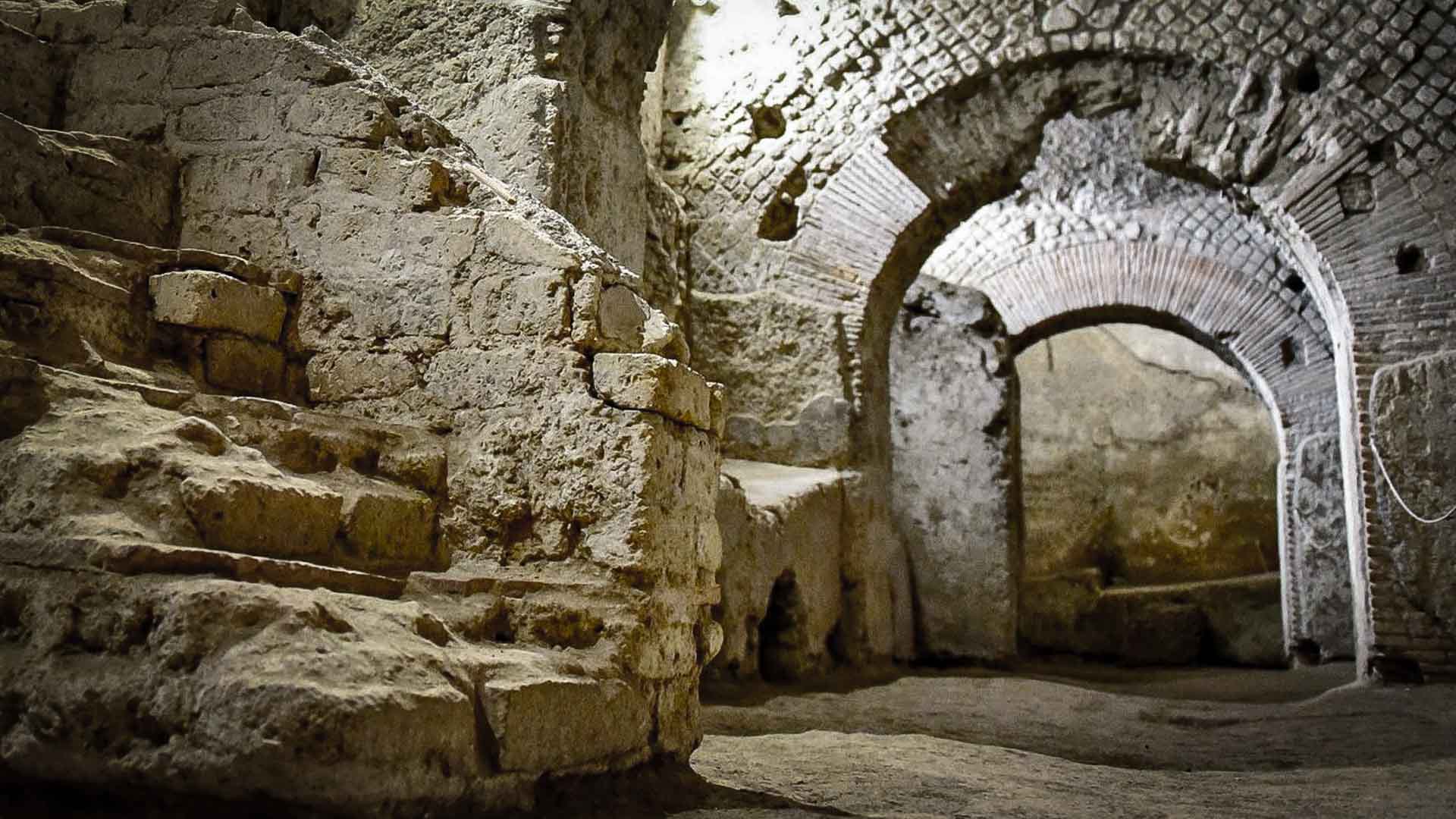
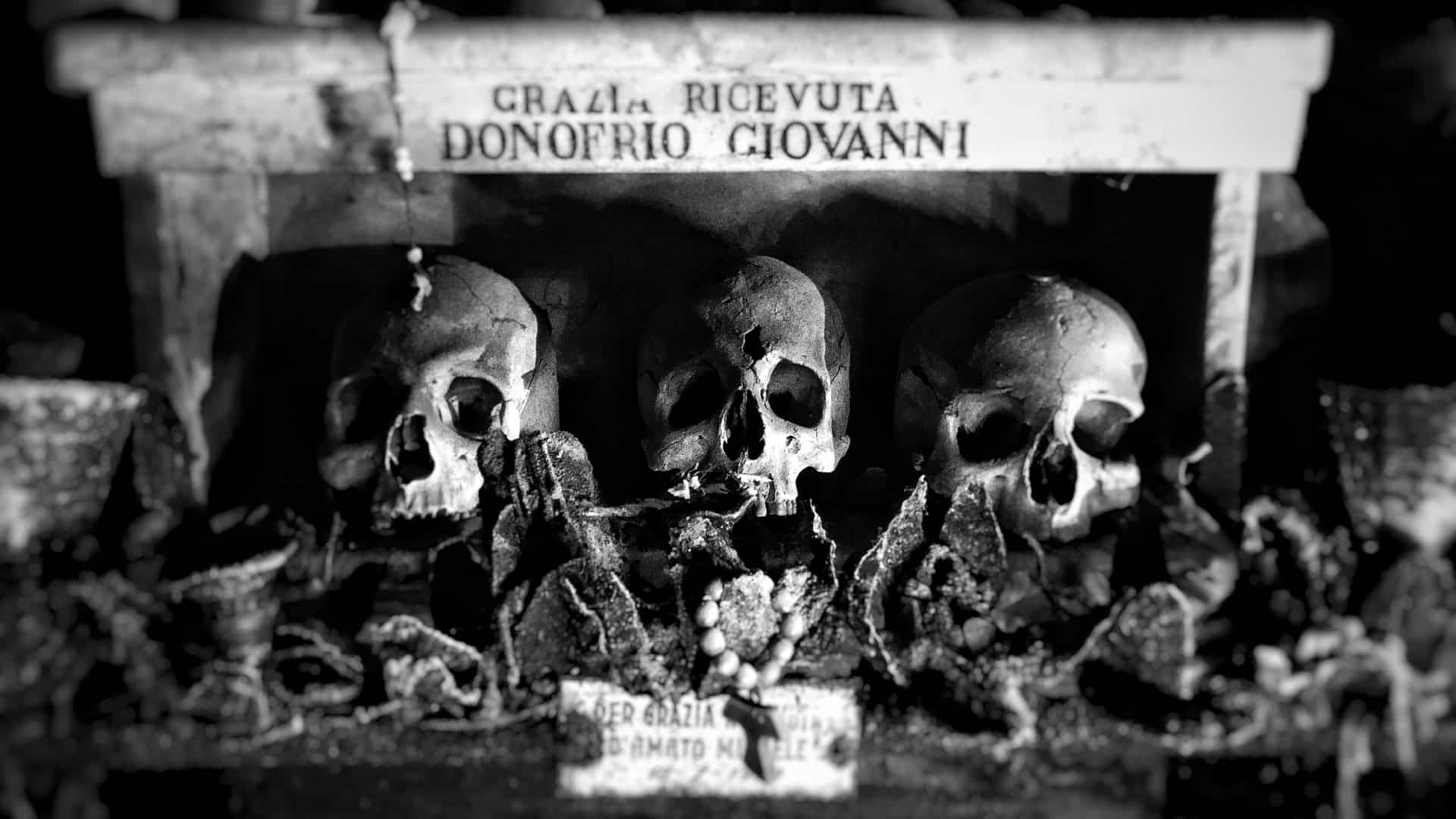
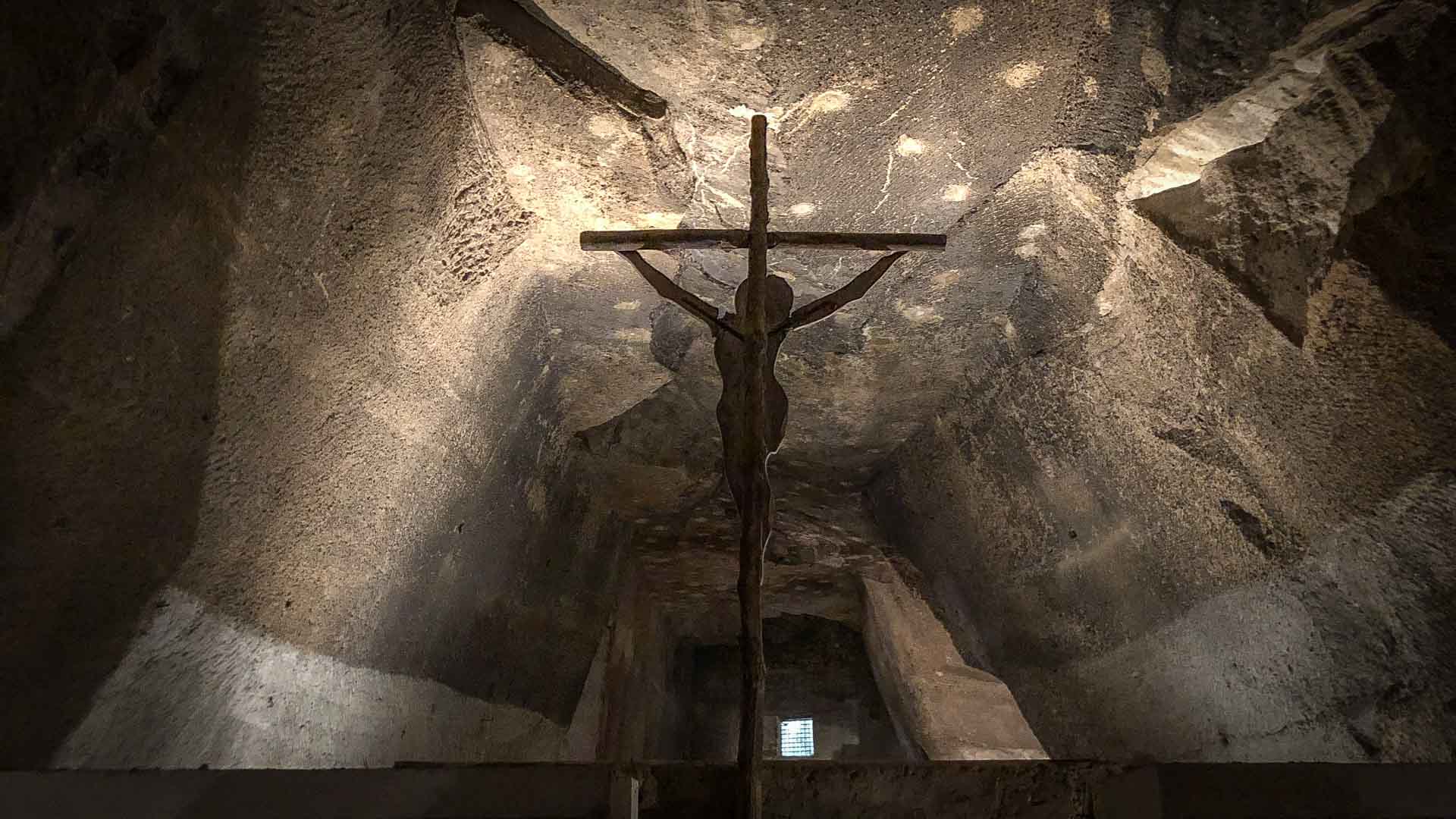
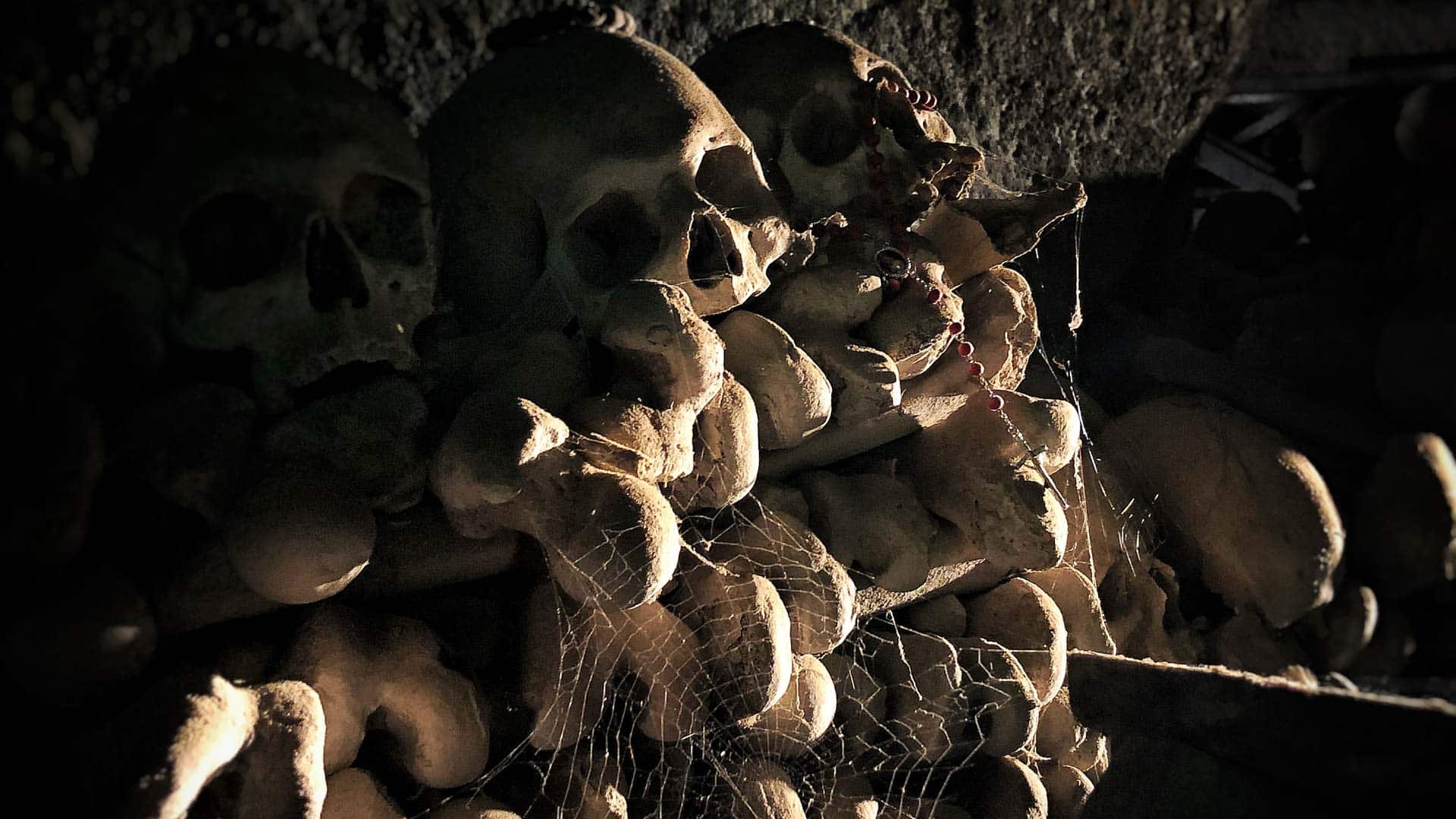
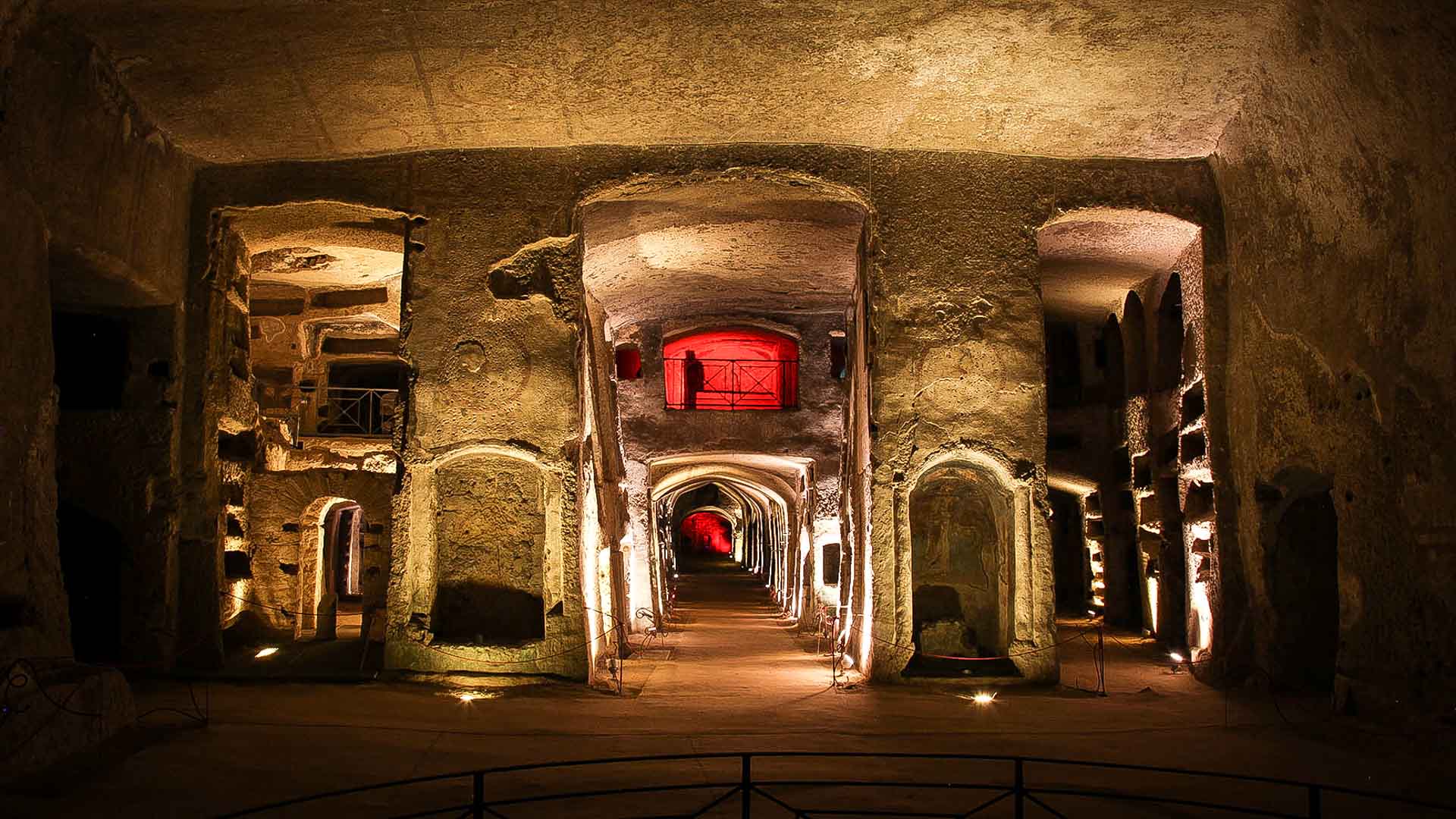
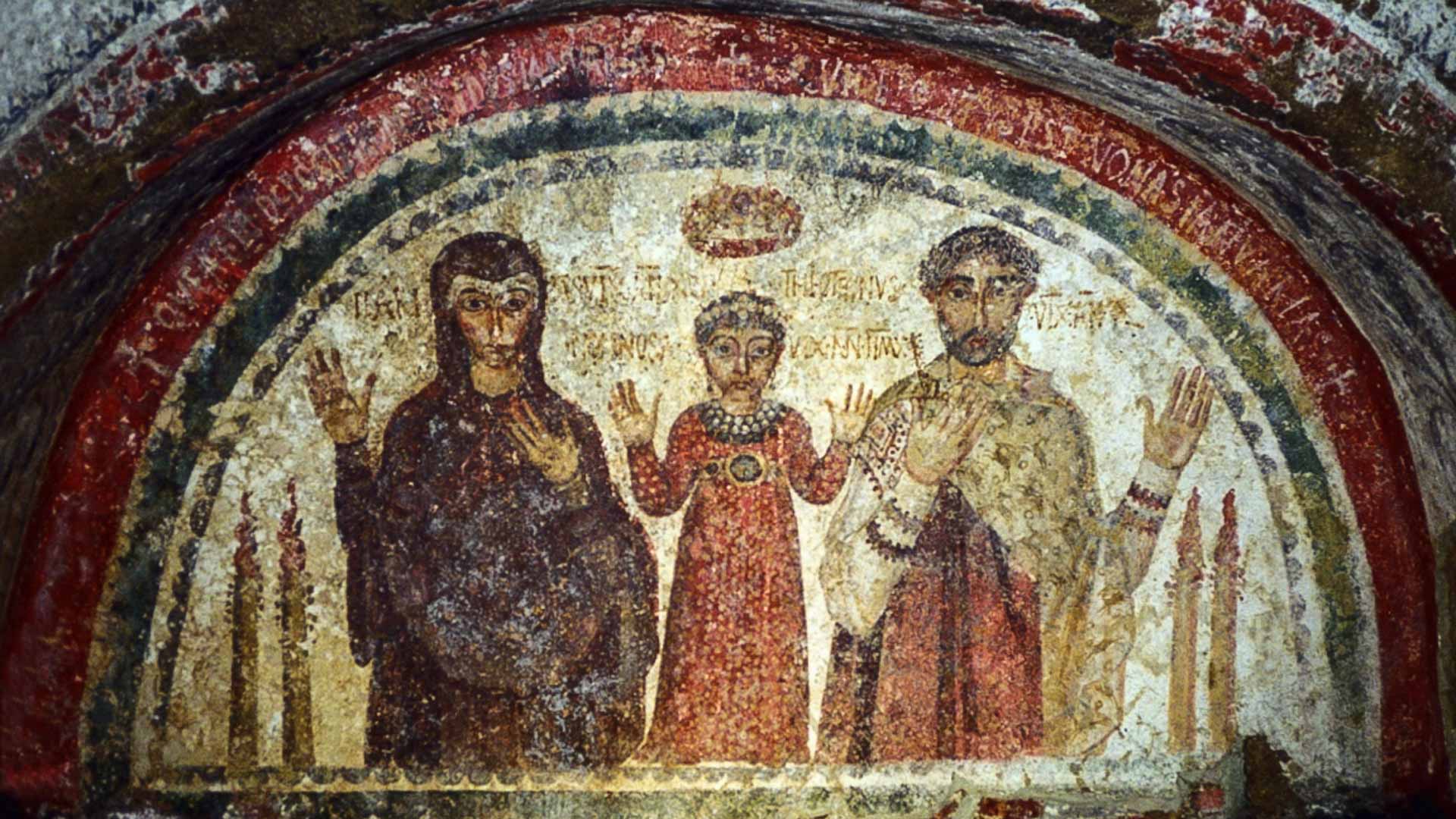
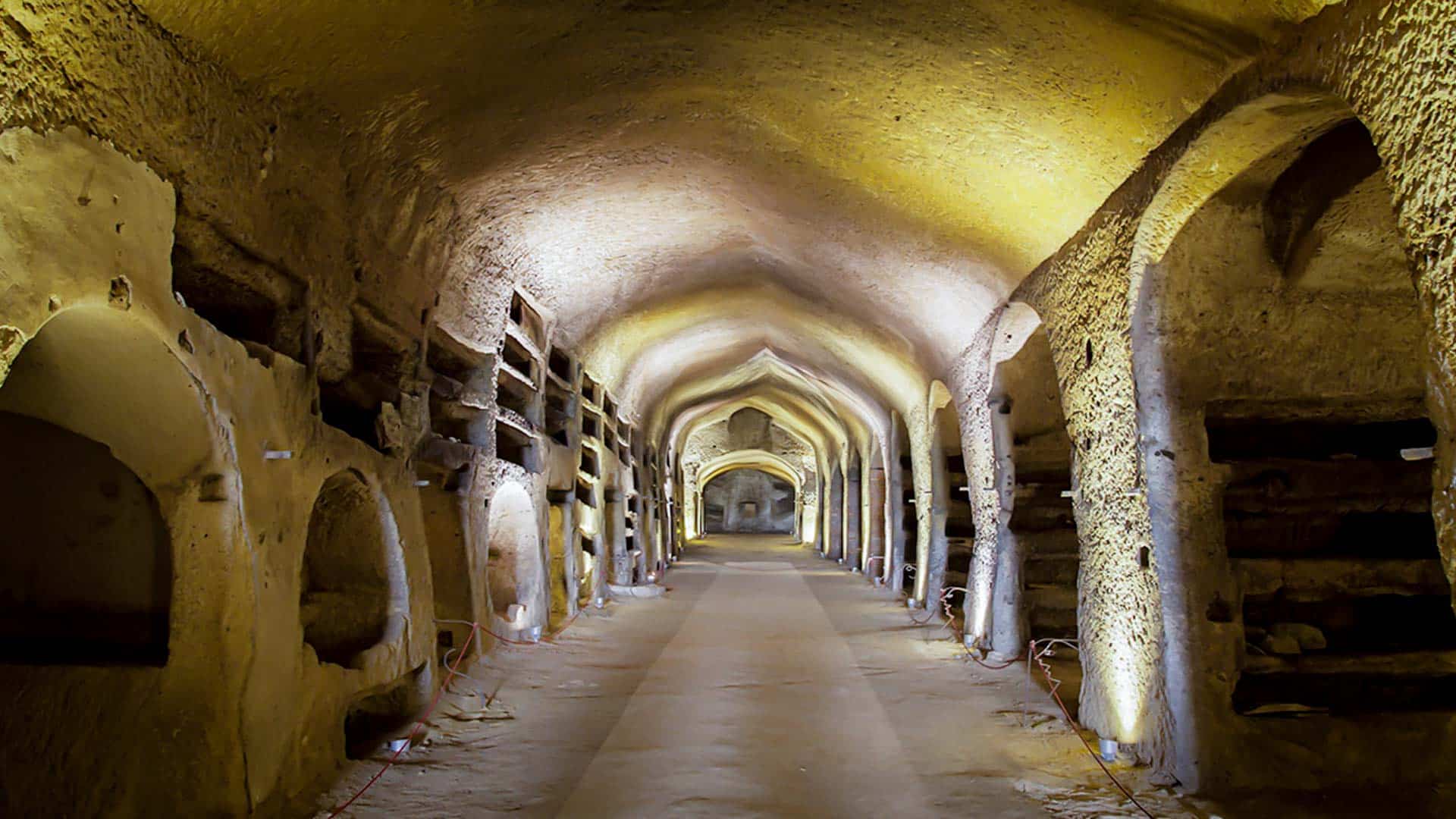
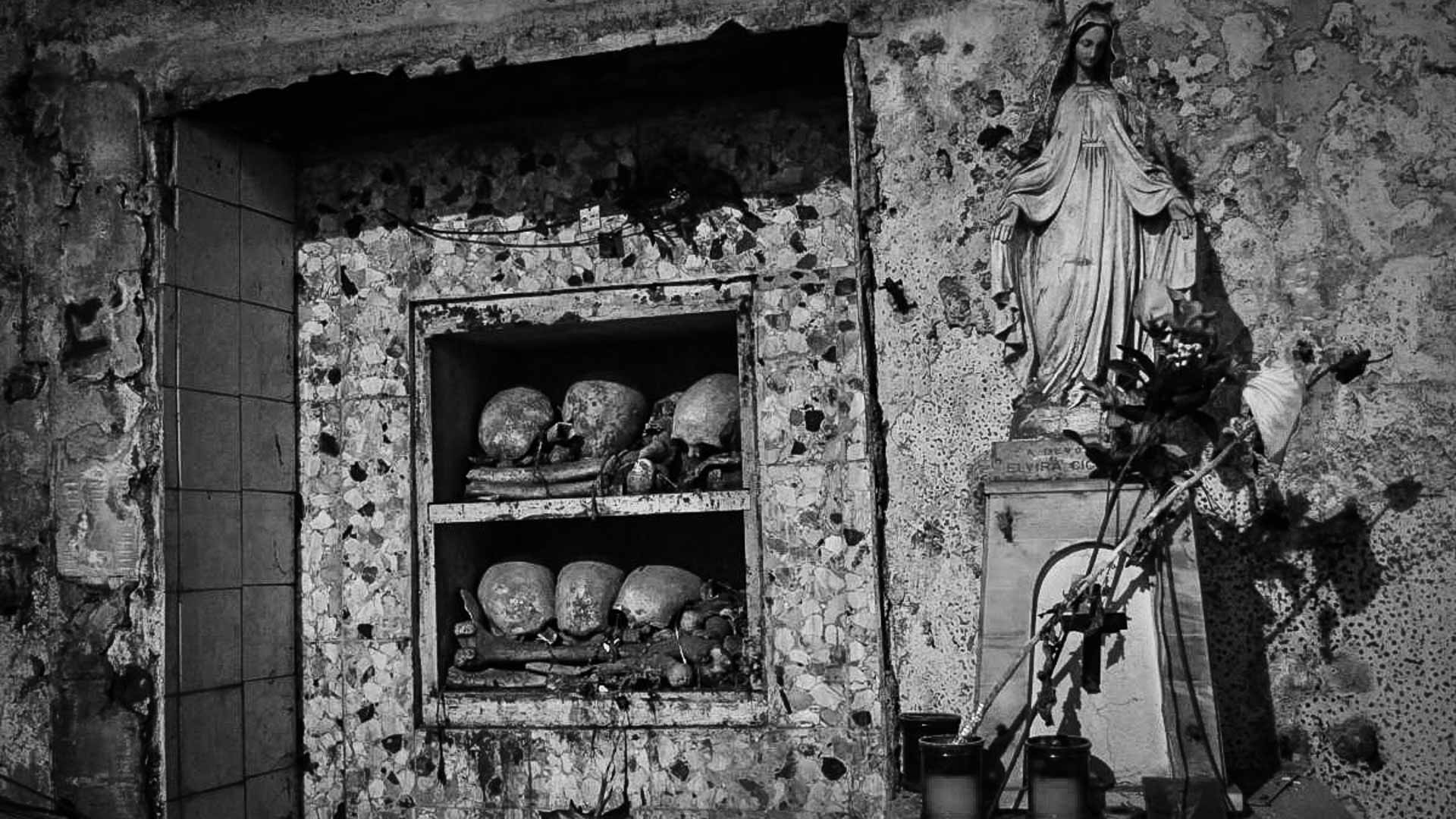
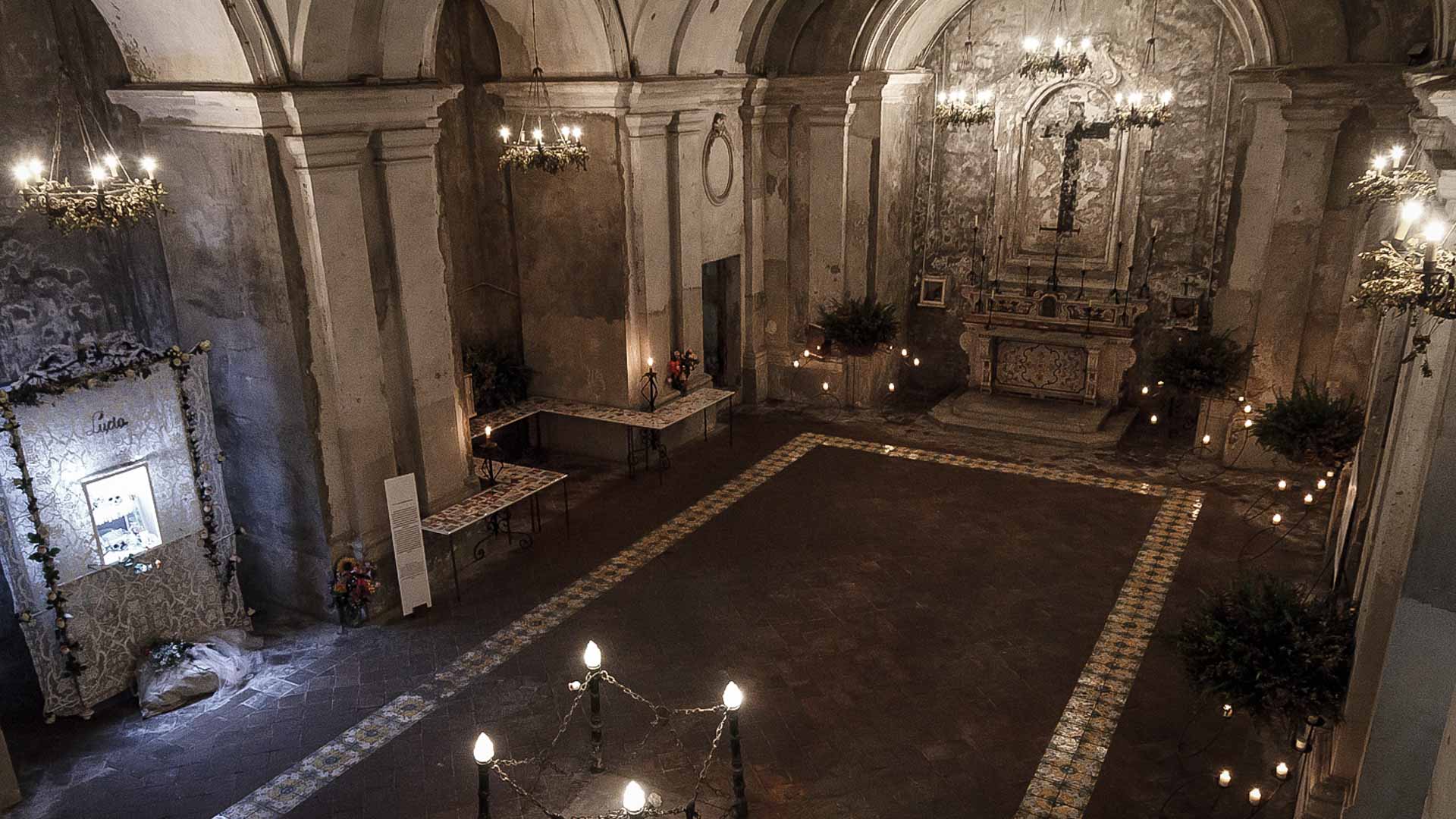
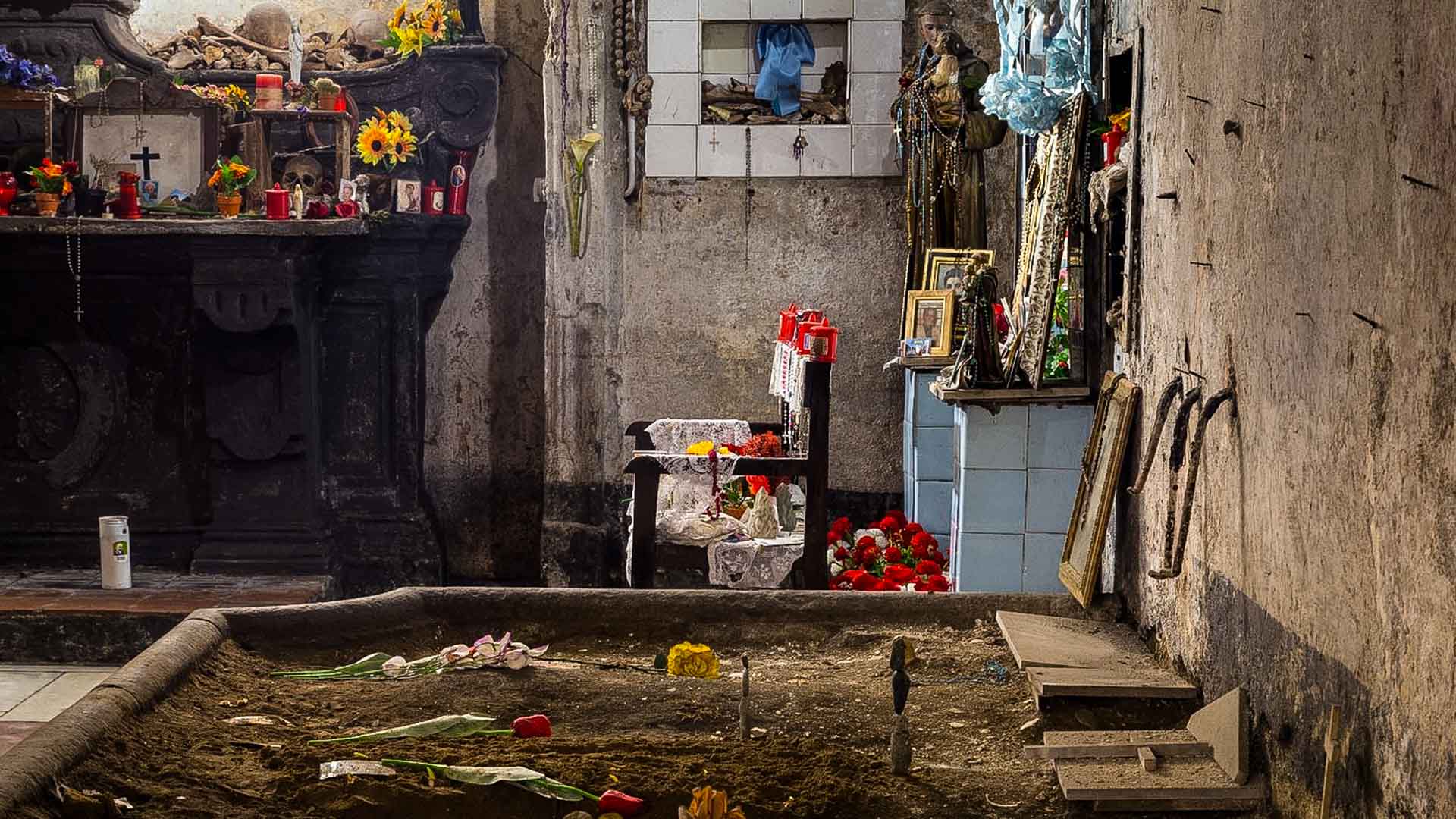
Comments